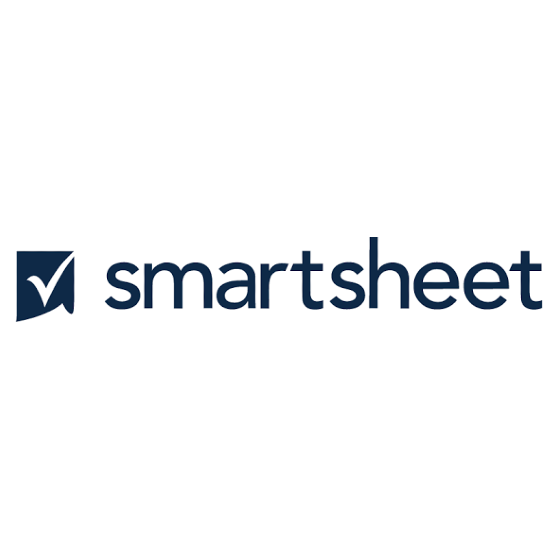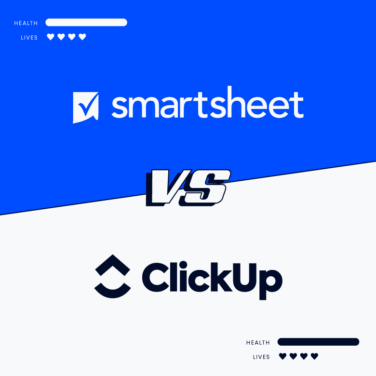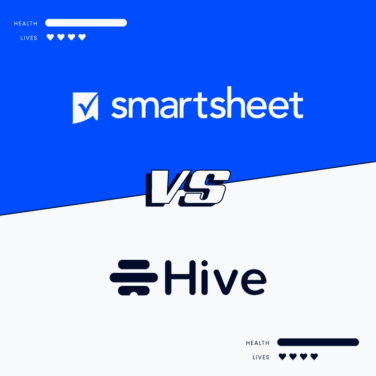Introduction
Smartsheet and Wrike are two of the most sought-after project management software because of their wide range of features that users can benefit from. Although the two share some similar features, they also have key differences that make them unique. In this article, I will walk you through the similarities and differences between Smartsheet and Wrike so you can better understand what they can offer to you.
My goal is to provide you with everything you need to know so you can decide whether Smartsheet or Wrike is the best project management solution for you and your company.

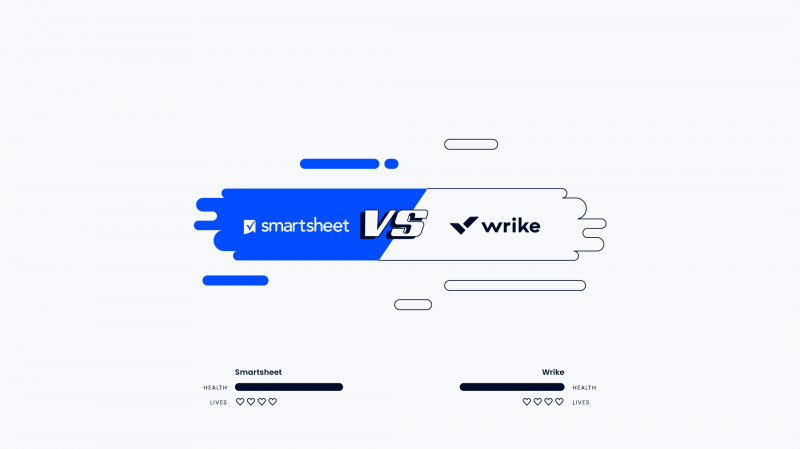
Expert Summary: Smartsheet vs Wrike
Smartsheet and Wrike are project management software with resource management, workflow automation, file sharing, and task management capabilities. These two project management tools boast various project schedule views (Gantt, calendar, list, Kanban), easy analytics and reporting functions, and customizable dashboards for KPI measurement. Users can also integrate third-party programs and apps with both Smartsheet and Wrike, such as Trello, Excel, Asana, Jira, Basecamp, Salesforce, and Evernote.
Smartsheet would be best for professional services companies because of the flexibility of the program that can speak to many industry niche use cases.
Wrike would be best for small to midsize businesses because even its freemium plan allows for unlimited users.
Side by Side Comparison Of Smartsheet and Wrike
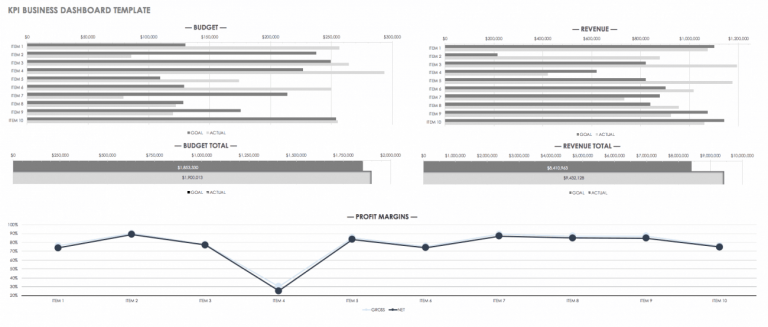
Smartsheet is a project management SaaS platform that can help users automate work to concentrate on other tasks. Smartsheet prides itself of being fully customizable. With a bit of tech-savvy (or help from Smartsheet’s customer success team), you can modify every part of every workflow, spreadsheet, and project funnel. This project management tool will enable users to integrate third-party programs such as Adobe CC, Microsoft Teams, and Google Drive to have the tools they need to perform their duties.
Smartsheet doesn’t have a free plan.
Pricing starts at $7/user/month (billed annually)
Freemium version available
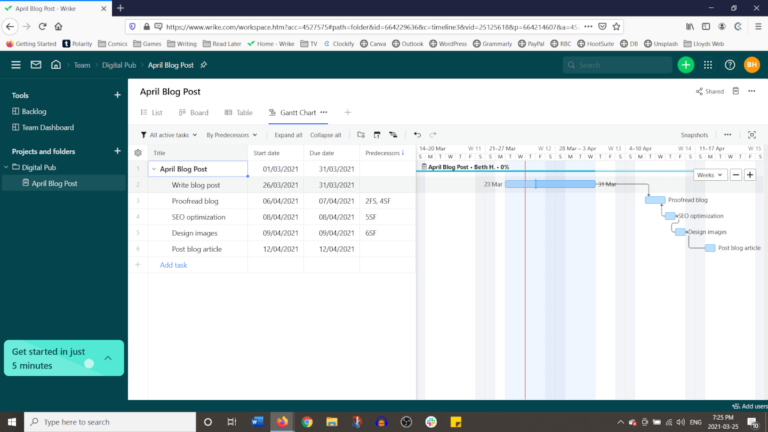
Wrike is a project management software that provides users with resource, portfolio, and task management tools that are reflected on visually appealing dashboards and reports to keep all stakeholders up-to-date. Users can also count on Wrike as a collaboration tool where team members can share ideas and plan projects with the help of in-app commenting, user tagging, and an approvals/proofing module. Wrike also has a robust array of native and third-party apps to help users complete tasks, manage KPIs, and generate reports.
Wrike has a free plan with unlimited users and up to 2GB of storage per account.
$9.80/user/month min. 2 seats
Freemium version available
Smartsheet Vs Wrike Feature Comparison
Smartsheet vs Wrike Comparison Criteria
There are some factors I considered in coming up with an objective comparison between Smartsheet and Wrike. Here are the criteria I used in creating this article:
-
Feature list
What do you get, and what do you not get? -
Use cases
What are the most effective use cases for this feature set? -
Ease of use
Is it easy to learn and master? -
Integrations
Is it easy to connect with other tools? -
Customer support
Can you get help easily and quickly? -
Price
How appropriate is the price for the tool?
Differences Between Smartsheet and Wrike
Smartsheet’s business plan allows unlimited users, making it ideal for large companies, while Wrike’s business plan is only for up to 200 users.
Smartsheet is hugely flexible and can be tailored to fit different professional services and industry niches and fits HIPAA, GxP, CCPA, and GDPR requirements. Wrike does not.
Smartsheet has an RFI and submittals feature, making sourcing products and supplies easier for companies, whereas Wrike doesn’t have this feature. Request for Information can help users access prospective suppliers to ensure that products and services meet company standards.
Smartsheet has a meeting agenda management feature letting users prioritize agenda items and manage meeting action items for a smoother meeting flow. This feature is not available in Wrike.
Smartsheet has a longer 30-day trial period, while Wrike’s trial period is only for 14 days. The longer trial period provides users with enough time to explore all the features of Smartsheet so they can get a better grasp of the program before subscribing.
Pricing starts at $7/user/month (billed annually)
Freemium version available
Wrike has an individual development plan feature to help employees improve current job performance and realize short- and long-term career goals. Smartsheet doesn’t have this feature.
Wrike has a free plan with unlimited users and up to 2GB of storage per account, while Smartsheet doesn’t have a free plan.
Wrike has a series of add-ons that can expand the program to cover additional functionality (at a cost) around proofing/approvals, marketing, sales, DAM, BI, and data encryption.
Wrike has a one-click time clock in the menu of every project task card so that team members can easily record how much time went into each item.
Wrike’s user story mapping feature helps brands create features that deliver value to customers, whereas Smartsheet lacks this feature.
$9.80/user/month min. 2 seats
Freemium version available
Similarities Between Smartsheet vs Wrike
- Both Smartsheet and Wrike allow users to log in to accounts using a single sign-on method for enterprise users improving identity protection and reducing password fatigue.
- Both Smartsheet and Wrike users can use Gantt charts and Kanban boards to get a visual representation of their project’s progress so they can implement contingencies if needed.
- Both Smartsheet and Wrike have calendar management functionality allowing users to sync all their calendars. Users can then use the calendar view to see all their tasks and appointments for better schedule management.
- Both Smartsheet and Wrike have mobile apps for iOS and Android users so they can get real-time access to the program if needed.
- Both Smartsheet and Wrike allow users to create customizable workspaces allowing teams to organize sheets, reports, data, dashboards, and templates for a particular client and protect them from unauthorized access.
- Both Smartsheet and Wrike have a time tracking functionality to ensure accurate timekeeping. This can help companies bill clients accurately and avoid payroll disputes.
- Both Smartsheet and Wrike use agile methodologies as project planning tools so users can continuously improve and innovate while executing projects. This can help users address emerging problems that may affect the successful completion of a project.
- Both Smartsheet and Wrike users have access to FAQs filled with demos, helpful articles, and videos to help them understand the program and its features.
- Both Smartsheet and Wrike have widgets providing users access to frequently-used features and functionalities without opening a particular app or program.
Best Use Cases for Smartsheet vs Wrike
-
Project Management
Use Smartsheet to plan, track, schedule, and report on your project from conception to completion. -
IT & OPs
Use Smartsheet to organize request tickets, manage resources, track issues, and prioritize your backlog. -
Marketing
Use Smartsheet to communicate cross-departmental needs, unify brand standards, and approve visuals. -
Construction
Use Smartsheet to visualize schedules, plot milestones, communicate deadlines, and navigate task dependencies. -
Content Management
Use Smartsheet to streamline content management and save time by automating internal and client-facing processes. -
Healthcare
Use Smartsheet for workforce planning in a manner consistent with HIPAA, GxP, CCPA, and GDPR requirements. -
Financial Management
Use Smartsheet to automate audit processes, track strategic initiatives, and manage your project portfolio. -
Sales Teams
Use Smartsheet to build customize sales-oriented dashboards that track financials, goals, and initiatives.
-
Agile Project Management
Use Wrike to build Kanboard and customized workflows to best suit your Agile project management team. -
Client Management
Use Wrike for adept client management and professional services with collaborative planning tools, full project visibility, and automated approvals. -
Remote Work
Use Wrike to organize a remote workforce with in-browser and smartphone app access for a go-anywhere digital workspace. -
Business Process Management
Use Wrike to create customizable, sharable dashboards that enable team leads to monitor and improve processes. -
Event Planning
Use Wrike to visualize your event checklist and keep the whole team’s calendars automatically insync. -
Product Roadmap
Use Wrike to visualize each roadmap stage using easy-to-build Gantt charts that highlight project launch priorities. -
Creative Teams
Use Wrike to organize creative requests, visualize your workload, clarify feedback, and publish assets with ease. -
Marketing Teams
Use Wrike to optimize digital ROI with instant insights into up to 50 channels including all popular social platforms. -
IT Teams
Use Wrike to build custom request forms for all IT ticket requests that can be set-up to automatically turn data into tasks.
Smartsheet vs Wrike Pricing Comparison
This side-by-side price comparison shows Smartsheet’s price compared to Wrike.
Smartsheet Pricing

Screenshot of Smartsheet pricing from their landing page
Wrike Pricing

Alternatives to Smartsheet and Wrike
Other Smartsheet and Wrike Software Comparisons
If you’re still looking at the options for professional services automation software, check out our comparison with other tools.
Smartsheet Comparison
Here are some other project management software comparisons with Smartsheet:
Wrike Comparisons
Here are some other project management software comparisons with Wrike:
The Takeaway
In summary, Smartsheet is a detailed and highly flexible project and resource management software that can be customized from the ground up for professional services teams in niche industries. Wrike is a jack-of-all-trades project management app that lets you buy-in to only the features you specifically need, making it perfect for SMBs with a “use it or lose it” budget.
Related Read: How To Set Annual Performance Goals Iteratively (+ Examples)
Related List of Tools:

